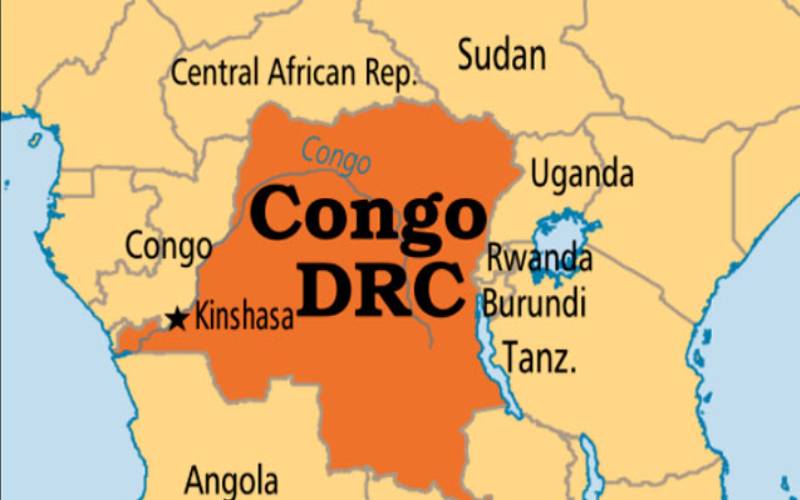×
The Standard e-Paper
Join Thousands Daily

With a landmass of 2.34 million square kilometre, the Democratic Republic of the Congo (DRC) is the second-largest country in Africa after Algeria.
There are over 250 dialects spoken throughout the country.